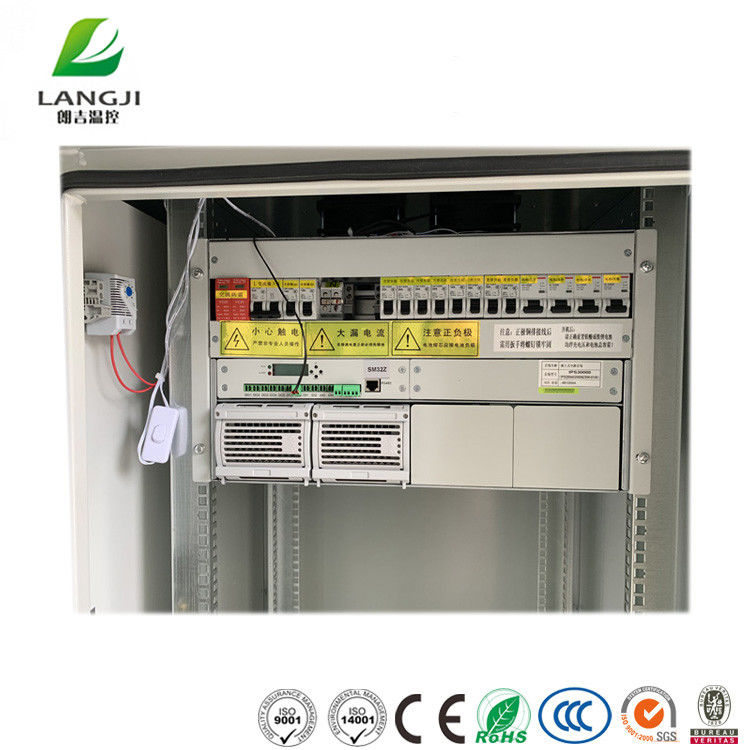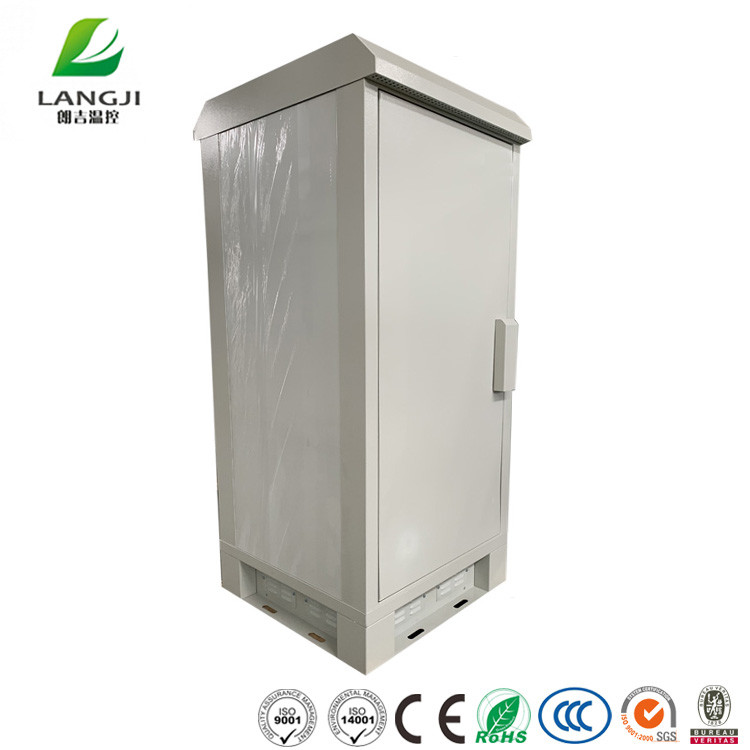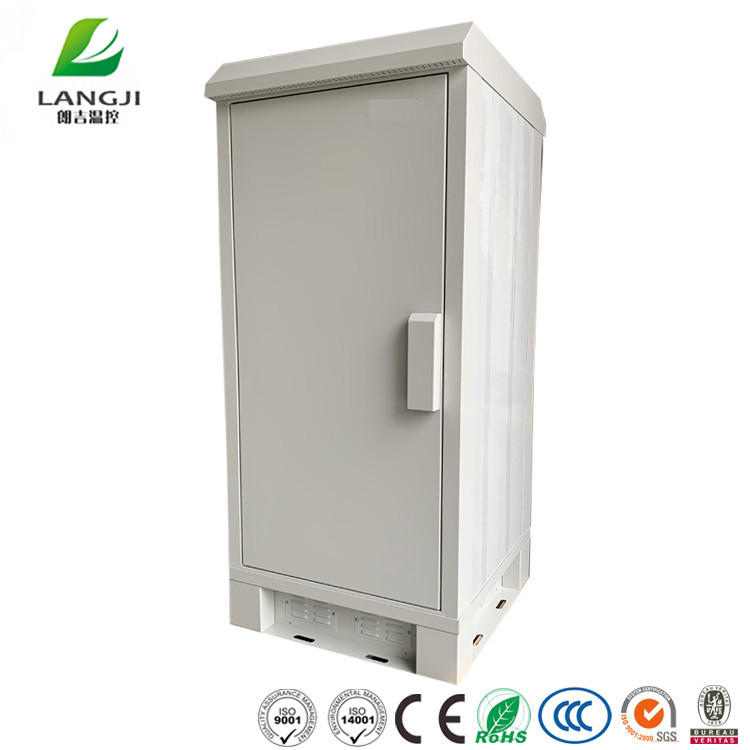Types of Outdoor Weatherproof Cabinets: Outdoor Weatherproof Cabinets For Electronics

Outdoor weatherproof cabinets are essential for protecting sensitive electronics from the harsh elements, ensuring their functionality and longevity. These cabinets come in various designs and materials, each tailored to specific applications and environmental conditions. Understanding the different types available is crucial for selecting the right cabinet for your needs.
Types of Outdoor Weatherproof Cabinets
The following table summarizes the key features, advantages, and disadvantages of different types of outdoor weatherproof cabinets, helping you make an informed decision.
| Type | Features | Advantages | Disadvantages | Applications |
|---|---|---|---|---|
| NEMA-Rated Cabinets |
|
|
|
|
| IP-Rated Cabinets |
|
|
|
|
| Wall-Mount Cabinets |
|
|
|
|
| Free-Standing Cabinets |
|
|
|
|
| Explosion-Proof Cabinets |
|
|
|
|
Features and Considerations

Outdoor weatherproof cabinets are essential for protecting sensitive electronics from harsh environmental conditions. They offer a secure and reliable enclosure to ensure the longevity and optimal performance of your equipment. Choosing the right cabinet involves careful consideration of several factors to ensure your electronics are adequately protected.
Ingress Protection Ratings
Ingress protection (IP) ratings are crucial for understanding the level of protection a cabinet provides against environmental factors like dust, water, and other foreign objects. IP ratings consist of two digits: the first digit indicates the level of protection against solid objects, while the second digit represents the level of protection against water.
For example, an IP65 rating signifies that the cabinet is completely dust-tight and can withstand low-pressure water jets from any direction.
A higher IP rating indicates greater protection, so choosing a cabinet with an appropriate IP rating based on your specific environmental conditions is essential.
Material Choices, Outdoor weatherproof cabinets for electronics
The material of the cabinet plays a vital role in its durability, resistance to environmental elements, and overall performance. Common materials for outdoor weatherproof cabinets include:
- Stainless Steel: Offers excellent corrosion resistance, making it ideal for harsh environments like coastal areas or industrial settings. It’s also highly durable and resistant to scratches and dents.
- Aluminum: Lightweight and corrosion-resistant, aluminum is a good choice for cabinets requiring high strength-to-weight ratios. It’s also relatively affordable and easy to work with.
- Fiberglass: Known for its excellent insulation properties, fiberglass is often used for cabinets requiring thermal protection. It’s also resistant to chemicals and UV radiation, making it suitable for various environments.
- Polycarbonate: A strong and durable thermoplastic, polycarbonate offers excellent impact resistance and transparency. It’s often used for cabinets where visibility is important.
The best material choice depends on the specific application, environmental conditions, and budget constraints.
Ventilation
Adequate ventilation is essential for maintaining optimal operating temperatures within the cabinet. Proper ventilation helps dissipate heat generated by electronic equipment, preventing overheating and potential damage.
- Passive Ventilation: Utilizes natural air circulation through vents or louvers to dissipate heat. This approach is suitable for applications with moderate heat generation.
- Forced Ventilation: Employs fans to actively circulate air, providing more efficient heat dissipation for applications with high heat generation.
Temperature Control
Maintaining a stable temperature range within the cabinet is critical for the reliable operation of sensitive electronics. Temperature fluctuations can affect component performance and lifespan.
- Heating Elements: Can be integrated into the cabinet to provide temperature regulation in cold environments, ensuring optimal operating temperatures for sensitive electronics.
- Cooling Systems: Can be employed to maintain a stable temperature range in hot environments, preventing overheating and potential damage to equipment.
Choosing the right temperature control system depends on the specific application, ambient temperature variations, and the heat generation of the equipment.
Installation and Maintenance

Installing an outdoor weatherproof cabinet is a critical step in ensuring your electronics are protected from the elements. Proper installation and regular maintenance are essential for maximizing the lifespan of the cabinet and safeguarding your equipment.
Installation Process
Installing an outdoor weatherproof cabinet involves a series of steps to ensure secure placement, proper connectivity, and reliable operation. Here’s a detailed guide:
- Choose the Location: Select a level, well-ventilated area that is protected from direct sunlight and heavy rain. Consider factors like accessibility for maintenance and proximity to power and data sources.
- Prepare the Base: Create a solid base for the cabinet using concrete, a wooden platform, or a specialized mounting bracket. Ensure the base is level and strong enough to support the cabinet’s weight and any equipment it will house.
- Mount the Cabinet: Securely attach the cabinet to the base using the provided mounting hardware. Use appropriate fasteners and ensure they are adequately tightened to prevent the cabinet from shifting or becoming loose.
- Connect Power and Data Cables: Route power and data cables through designated openings or cable glands. Use appropriate cable connectors and ensure all connections are secure and weatherproof.
- Ground the Cabinet: Connect the cabinet’s grounding terminal to a suitable ground point using a heavy-duty grounding wire. This protects your equipment from electrical surges and hazards.
- Install Equipment: Carefully mount the electronics inside the cabinet, ensuring proper ventilation and spacing. Securely attach equipment to the cabinet’s internal shelves or mounting rails.
- Test and Verify: Power on the equipment and thoroughly test all functions. Ensure all connections are working correctly and that the cabinet is properly sealed against the elements.
Securing the Cabinet
Outdoor weatherproof cabinets for electronics – The security of your outdoor weatherproof cabinet is paramount, particularly if it houses valuable equipment. Here are some best practices for securing the cabinet:
- Strong Mounting: Use robust mounting hardware and ensure the cabinet is firmly attached to the base. Consider using anti-theft bolts or locking mechanisms.
- Locking Mechanisms: Choose a cabinet with secure locking mechanisms, such as keyed locks or combination locks. Use high-quality locks and ensure they are properly installed.
- Concealed Access Points: If possible, position the cabinet in a less conspicuous location and conceal access points to prevent unauthorized access.
- Security Systems: Consider integrating the cabinet with a security system, such as motion detectors, alarms, or video surveillance. This can provide additional protection and deter potential theft.
Connecting Power and Data Cables
Connecting power and data cables to your outdoor weatherproof cabinet requires careful attention to detail to ensure a secure and weatherproof connection.
- Weatherproof Connectors: Use weatherproof connectors designed for outdoor use. These connectors feature seals and gaskets to prevent moisture ingress.
- Cable Glands: Route cables through designated cable glands to create a watertight seal. Ensure the gland is the appropriate size for the cable and that it is properly tightened.
- Cable Strain Relief: Use cable strain relief devices to prevent stress on the connections and reduce the risk of cable damage.
- Cable Routing: Route cables away from potential sources of damage, such as sharp edges or heavy objects. Consider using cable trays or conduits for organized cable management.
Grounding the Cabinet
Grounding your outdoor weatherproof cabinet is essential for protecting your equipment from electrical surges and hazards. Here’s how to ensure proper grounding:
- Grounding Terminal: Connect the cabinet’s grounding terminal to a suitable ground point using a heavy-duty grounding wire. The ground point should be a reliable and accessible ground, such as a ground rod or the building’s grounding system.
- Grounding Wire: Use a heavy-duty grounding wire, preferably copper, with a cross-sectional area of at least 8 AWG (American Wire Gauge). Ensure the wire is long enough to reach the ground point and that it is properly secured to both the cabinet and the ground point.
- Grounding Resistance: Measure the grounding resistance to ensure it meets the required safety standards. The resistance should be as low as possible, typically less than 5 ohms.
Maintenance and Troubleshooting
Regular maintenance and troubleshooting are crucial for ensuring the longevity and reliable operation of your outdoor weatherproof cabinet.
- Regular Inspections: Inspect the cabinet regularly for signs of damage, wear, or corrosion. Check for loose fasteners, cracks, or leaks. Also, check the condition of cables and connectors.
- Cleaning: Clean the cabinet’s exterior and interior regularly to remove dust, dirt, and debris. Use a mild detergent and a soft cloth for cleaning. Avoid using harsh chemicals or abrasive cleaners.
- Ventilation: Ensure proper ventilation within the cabinet to prevent overheating. Check for obstructions in the ventilation openings and ensure air circulation is adequate.
- Troubleshooting: If you encounter any issues, such as power outages, equipment malfunctions, or signs of water ingress, troubleshoot the problem systematically. Consult the cabinet’s user manual or contact the manufacturer for support.
Outdoor weatherproof cabinets are essential for protecting sensitive electronics from the elements, but they don’t have to be bland. If you’re looking for a more rustic aesthetic, consider incorporating elements from a rustic wood file cabinet design. You can use reclaimed wood for the cabinet’s exterior, or even add a touch of distressed metal for a vintage feel.
This way, you can protect your electronics while adding a unique and charming touch to your outdoor space.
Outdoor weatherproof cabinets are essential for protecting sensitive electronics from the elements. While they offer robust protection, you might consider a more traditional approach for storing important documents like a gray wood filing cabinet for indoor use. Similarly, outdoor cabinets provide a secure and reliable solution for safeguarding your valuable electronics in any weather condition.
